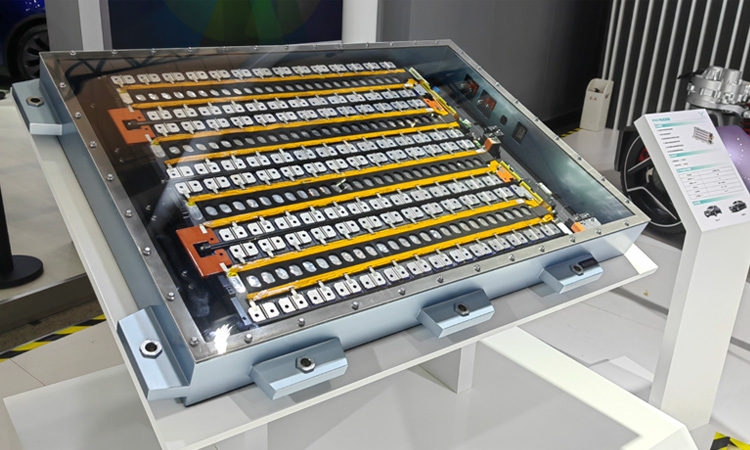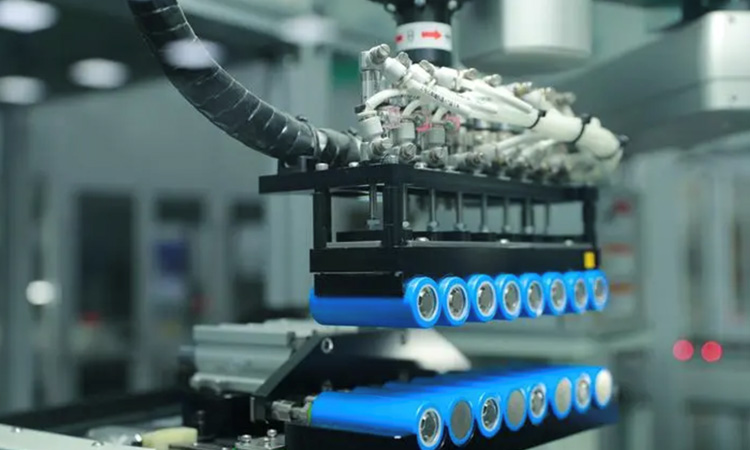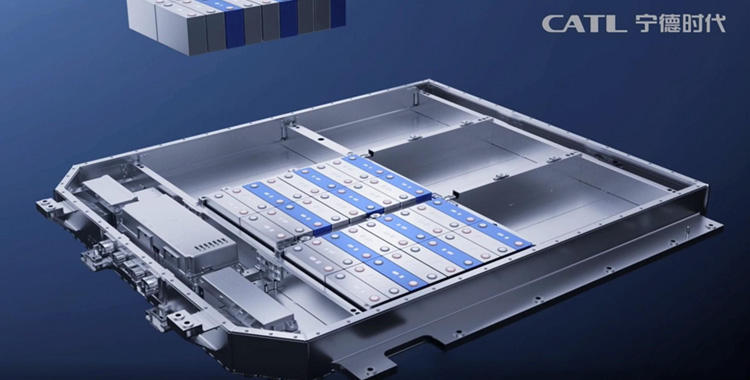The negative electrode material of the power battery is now widely used and known by the public as the graphite negative electrode. As one of the four key materials of the power battery, the graphite anode can be embedded between the graphite layers when charging to store lithium ions by virtue of its layered structure; When discharged, the lithium ions are released, so that the lithium ions escape from the graphite layers.
Because of its good conductivity, high specific capacity and low cost, graphite is widely used as a negative electrode material for batteries. However, with the development of new positive electrode material batteries by battery companies, new negative electrode materials have also emerged that will be used to replace graphite negative electrodes.

As a new type of battery, the performance and life of sodium-ion battery are also affected by the negative electrode material. However, compared with the very common graphite negative electrode used in lithium-ion batteries, sodium-ion batteries use hard carbon negative electrode. So why is hard carbon anode the preferred material for sodium ion battery anode?

What is hard carbon? Hard carbon is a carbon material with excellent energy storage performance and good electrical conductivity, and is an excellent negative electrode material, which is widely used in batteries and other fields. At the same time, hard carbon materials can also be used for high-performance all-solid-state batteries and sodium-ion batteries by combining with other materials.
According to the production method, hard carbon materials are divided into natural hard carbon and synthetic hard carbon two categories.
1. Nateral hard carbon: Natural hard carbon refers to carbon materials formed by natural processes, such as natural gas hydrate, coal, wood, etc. These natural hard carbon anode materials have unstable properties and are not suitable for large-scale applications.
2. Synthetic hard carbon: It is a kind of negative electrode material that is used more, and its advantage is that the structure and performance of the prepared material are relatively stable and can meet the requirements of industrial production. The preparation methods include asphalt preparation method, biomass preparation method, organic polymer preparation method, etc.
So why is hard carbon the preferred anode material for sodium-ion batteries?
The working principle of sodium-ion batteries is similar to that of lithium-ion batteries, which are also composed of positive electrodes, negative electrodes, electrolytes, and membranes. In the process of charge and discharge, the negative electrode material of the sodium-ion battery acts as the main body of the battery to store sodium ions, so the ability of the negative electrode material to store sodium ions directly affects the capacity of the sodium-ion battery, and the choice of the negative electrode material plays a decisive role in the performance of the sodium-ion battery.
Lithium ion battery system widely used graphite anode, in fact, and hard carbon anode are carbon-based material system, carbon-based anode materials generally have excellent electrical conductivity, is the first choice as a battery anode material.

However, graphite is difficult to store sodium and can not be used as a sodium electrode. Because the graphite anode layer spacing is only 0.3354 nm, and the atomic radius of sodium ion is at least 35% larger than that of lithium ion, it is difficult to embed and remove sodium ion in the graphite anode material. Therefore, the pore size and layer spacing of the graphite anode material used in the mainstream of lithium-ion batteries cannot meet the requirements of the negative electrode of sodium ion batteries. The layer spacing of the hard carbon anode material is between 0.35 and 0.5 nm, so the hard carbon anode material is the first choice for sodium-ion batteries.
Sodium-ion batteries as many battery companies bet on the next generation of battery technology, its main material sources are expected to significantly reduce costs, coupled with laboratory data to prove that the use of hard carbon cathode sodium-ion batteries in low temperature, safety, fast charge and other performance indicators are better than the use of graphite anode lithium electronic batteries, sodium-ion battery application scenarios and scale will be rapid development.
Contact: Jason Wang
Phone: 13580725992
E-mail: sales@aooser.com
Whatsapp:13580725992
Add: No.429 Guangming Road, Shenzhen City, Guangdong Province
We chat
